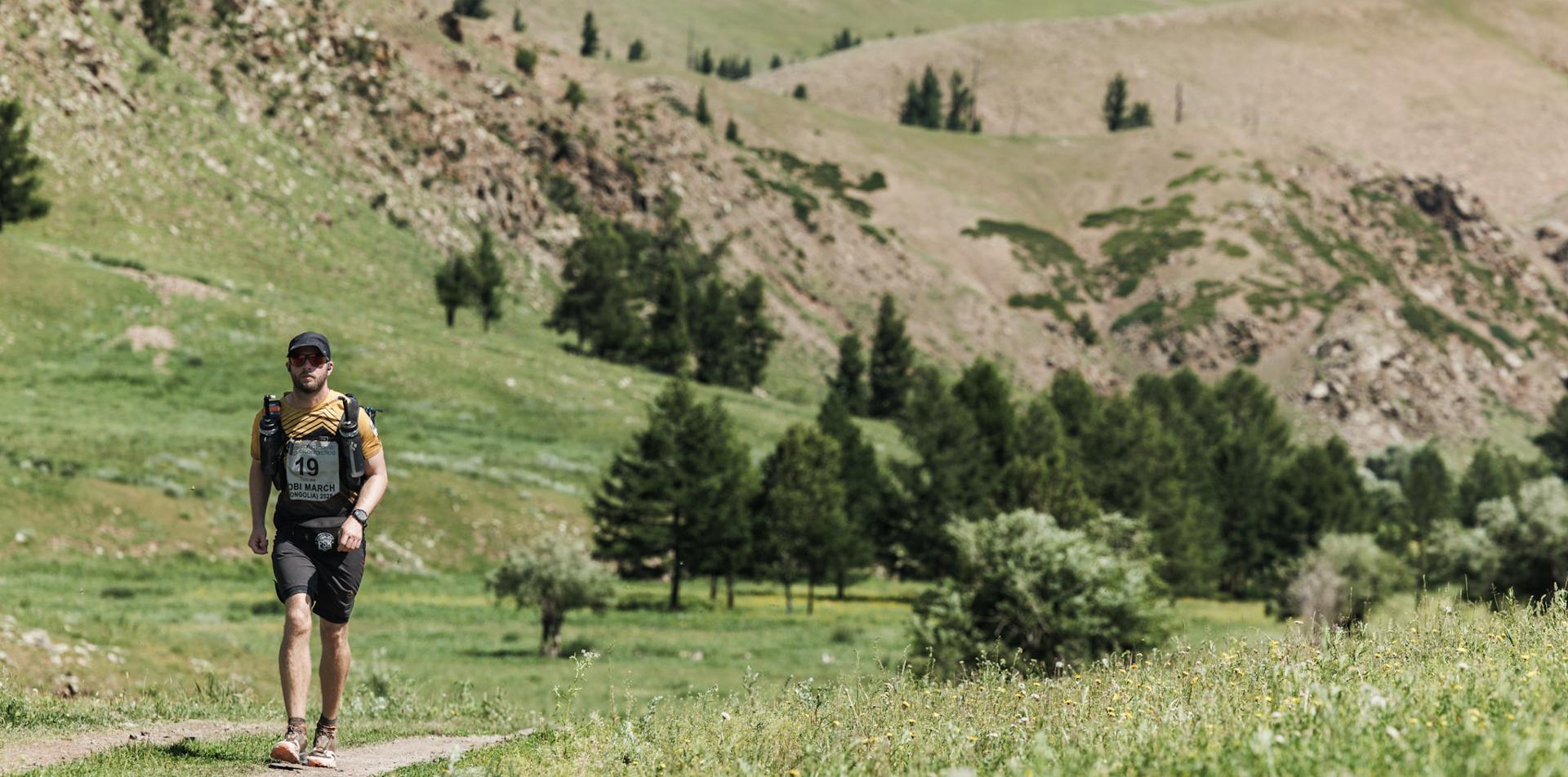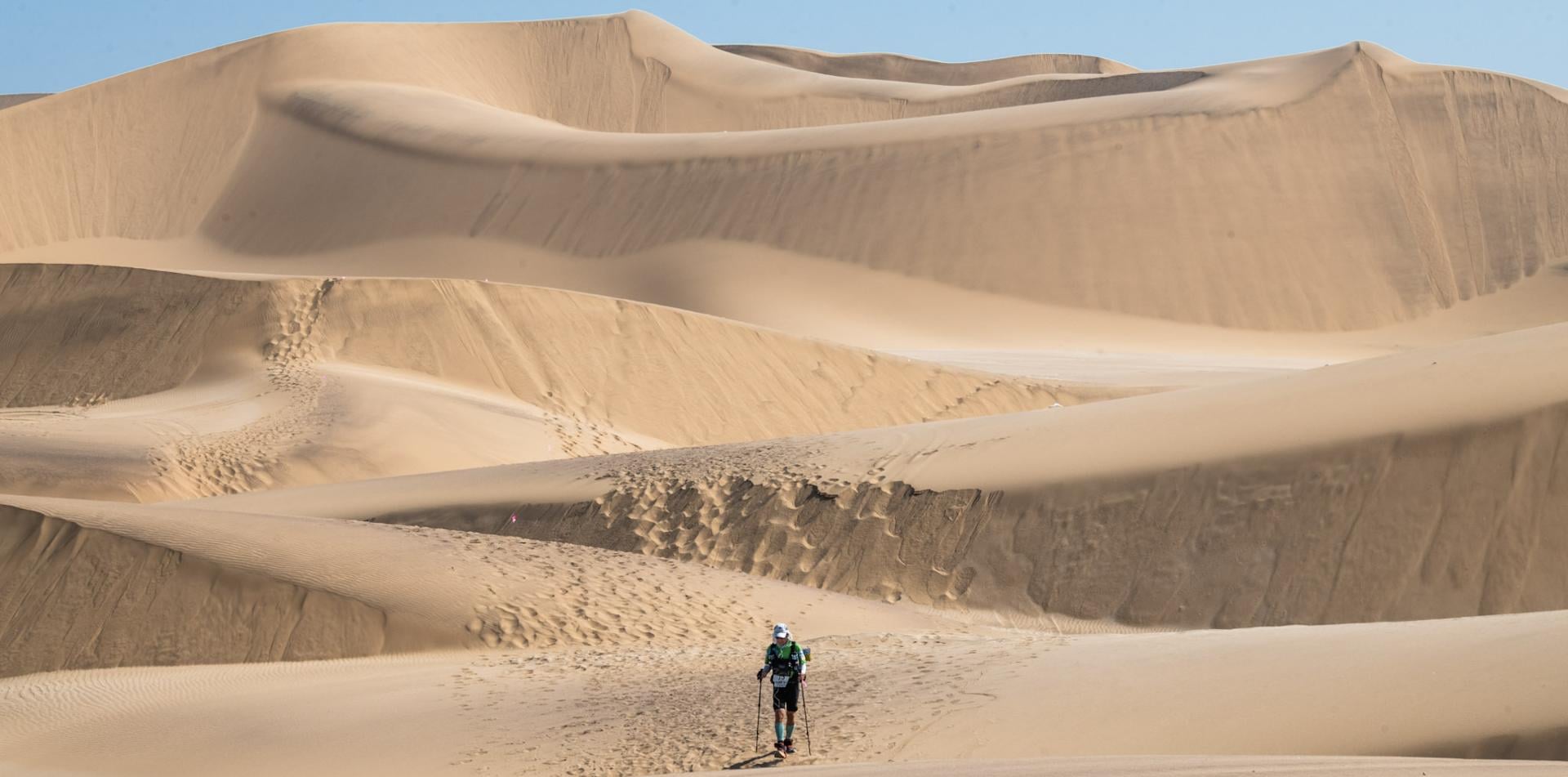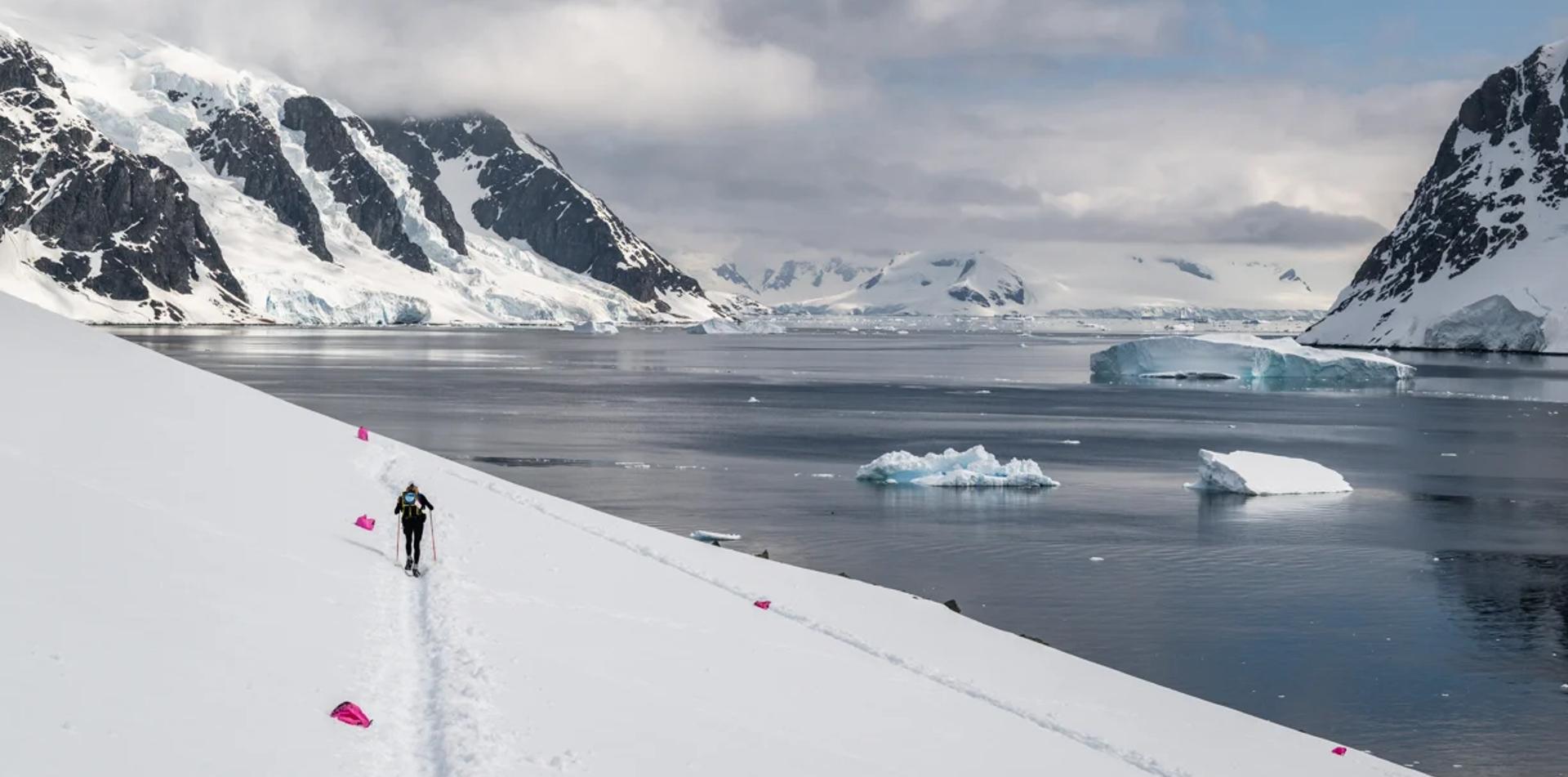Choosing a Pack
Many endurance events require you to carry all your gear and food for multiple days, so finding a backpack / rucksack that works for you is of utmost importance. Weight, comfort, and accessibility are all key factors, and a 25 to 30 litre technical pack is usually most suitable, whether you are a small-framed 150cm (4’11”), or a 200cm (6’7”) goliath.
Weight
There are two options to consider first. Do you want a more durable backpack that has some support and therefore lessens the stress and burden on the shoulders, or do you go for an ultra-lightweight pack, so what you lose in support, you gain in less weight?
The prevailing wisdom is currently that any pack that weighs above 1.5 kg (3.3lbs) is probably too heavy, and most technical race packs of this size are under 1 kg (2.2lbs). Look for a pack made of durable, lightweight material such as polyester or Ripstop nylon. Check the stitching and zippers on the pack as well to make sure they can withstand a certain degree of wear and tear.
Now, what you lose in weight you sacrifice in durability, and it should be noted that race packs are not designed for years of heavy use. So this is where we come to the issue of race packs versus training packs, which we will address later on.
Comfort
Padding in both the waist belts and shoulder straps add comfort and stability, but they do add weight to the overall pack. Determine where you need the most support if you have areas of weakness. Do a couple of longer training sessions with your pack to determine the proper adjustment of the waist, chest, and shoulder straps according to your body type and running form. Chest pouches can be added to many rucksacks and some people find it more comfortable to split the weight on their front and back.
Accessibility
Side pockets and waist-belt pockets allow you to access your essential food supplies (energy bars, gels, snacks, electrolytes, etc.) without having to remove your pack. This is very important when out on the course, as you need to be able to quickly replenish your energy reserves. Chest pouches can be fitted if accessibility to additional supplies is required and you find them comfortable. Bottle-holders, which attach to your shoulder straps, are another item to consider, as easy access to your water supply is key, and if you intend to move very swiftly through checkpoints, water bottles are quicker to fill than a reservoir system carried in your pack.

Training Pack
You should definitely train with your race pack several times to make sure it fits comfortably over long distances at the pace at which you intend to compete. Once or twice a week for two months prior to the event would be ideal. However, if you intend to do a lot of training wearing a pack, but have also decided to use a very lightweight race pack, then it may not be the best idea to use the race pack for long term training purposes. Ultra-lightweight packs are not built for durability over long periods of time, and you do not want to weaken the material or seams before the race. You should utilize a training pack in this case. Training packs can be a bit heavier and more durable than your race pack, as you will not be carrying it over the 250K event. Or you can simply buy two of the same race pack and use one for training and one for the event.
Training
Many competitors train using bags of rice in their pack, as weight is easily adjusted and it’s reasonably comfortable. Many other items can be used for weighting purposes as well including text books, bottles of water, etc. However, a 3-5kg bag of rice (or other items) sitting at the bottom of your pack will weaken the seams and stress the material of any good quality ultra-light weight model over months of training - particularly if you are running. To more fully emulate what your actual race pack will feel like, you need to distribute the weight across the pack. One way to do this is to simply add a few towels to the bottom of the pack and place your bag of rice (or other items) on top of the towels. This way the weight will sit up a bit in your pack and be more centralized.







 Newsletter
Newsletter
 Online Store
Online Store





